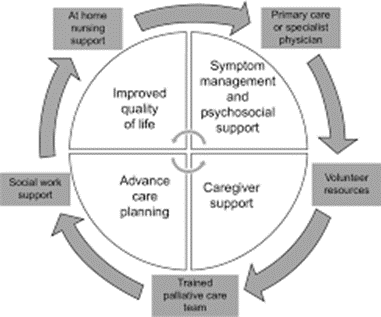A nurse is caring for a client.
Vital Signs Nurses Notes 1000:
T38.2° C (100.8°F), oral.
BP 114/56 mm Hg, supine HR 99/min
R 32/min
Pulse oximetry 85% on room air (95% to 100%)
1100:
T38.6° C (101.5°F), oral.
BP 112/54 mm Hg, supine Apical HR 108/min
Pulse oximetry 90% on 40% O2 via face mask
Pink mucous membrane is a normal finding.
R 22/min
Click to highlight the findings at 1100, that require follow-up. To deselect a finding, click on the finding again.
T38.6° C (101.5°F), oral.
BP 112/54 mm Hg, supine
Apical HR 108/min
R 22/min
Pulse oximetry 90% on 40% O2 via face mask
Pink mucous membrane is a normal finding.
The Correct Answer is ["A","C","E"]
A. Elevated oral temperature may indicate a fever and requires further assessment.
B. This blood pressure value is within the normal range.
C. An elevated heart rate (108/min) suggests tachycardia, and it requires further investigation to determine the cause.
D. A respiratory rate of 22/min is not a finding that raises concern.
E. A pulse oximetry reading of 90% on supplemental oxygen (40% O2) is below the expected range, indicating potential respiratory distress and requiring immediate attention.
F. Pink mucous membrane is a normal finding.
Nursing Test Bank
Naxlex Comprehensive Predictor Exams
Related Questions
Correct Answer is D
Explanation
A. The drip chamber should not be filled completely with blood, as this can cause clotting and occlusion.
B. The blood should not be infused for more than 4 hr, as this increases the risk of bacterial contamination and transfusion reactions.
C. Medications are usually administered separately from blood products to avoid incompatibility.
D. The packed RBCs should be connected by Y tubing to normal saline to prevent hemolysis and maintain fluid balance. This is an expected finding because it allows the nurse to flush the line with normal saline before and after the blood transfusion, and to switch to normal saline in case of a transfusion reaction.
Correct Answer is D
Explanation
A: Palliative care includes holistic care, but it's not primarily focused on managing meals.
B: Palliative care can be provided at various locations, including the client's home, not necessarily a skilled facility.
C: While palliative care may support caregivers, its primary focus is on the comfort and well-being of the client.
D: Palliative care aims to make the client comfortable physically, emotionally, and spiritually during a terminal illness.

Whether you are a student looking to ace your exams or a practicing nurse seeking to enhance your expertise , our nursing education contents will empower you with the confidence and competence to make a difference in the lives of patients and become a respected leader in the healthcare field.
Visit Naxlex, invest in your future and unlock endless possibilities with our unparalleled nursing education contents today
Report Wrong Answer on the Current Question
Do you disagree with the answer? If yes, what is your expected answer? Explain.
Kindly be descriptive with the issue you are facing.
